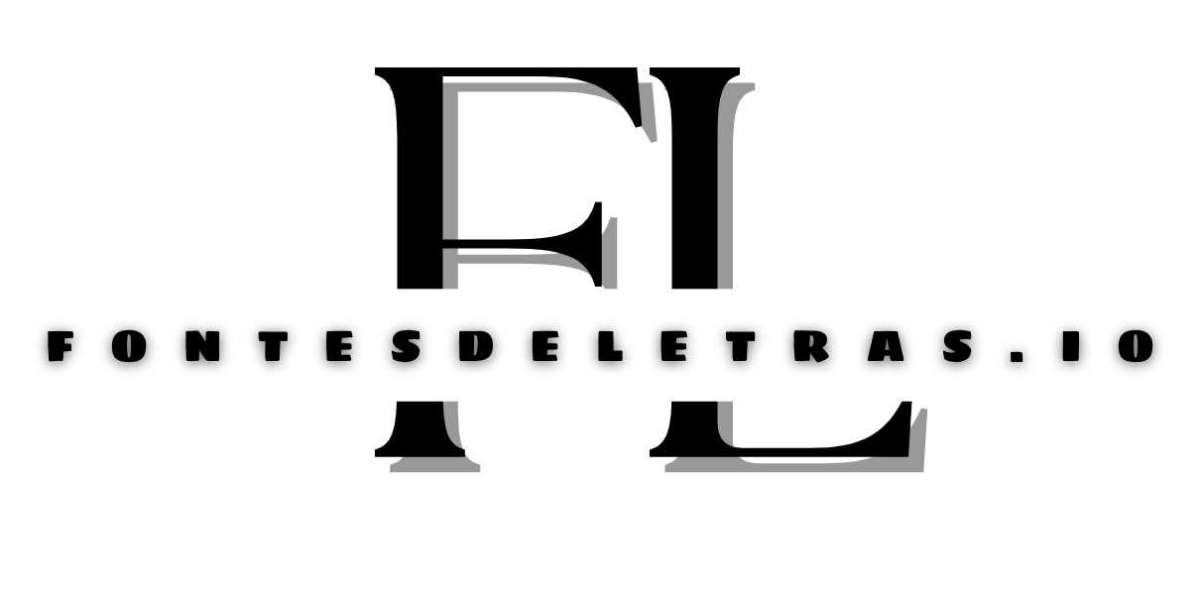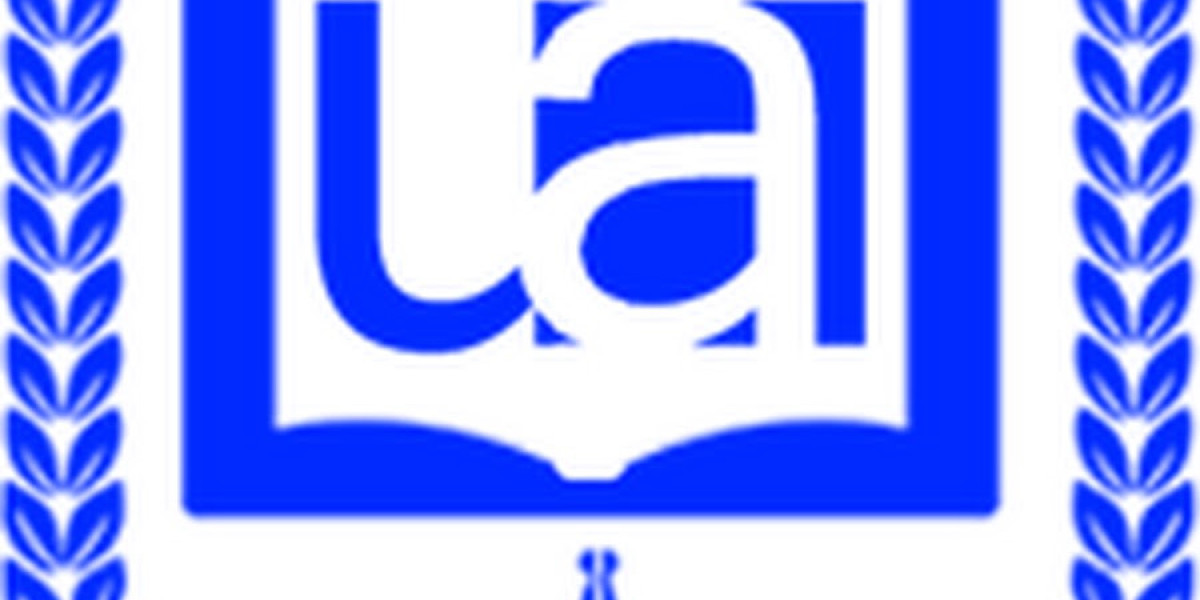In the world of design and graphic arts, the words “fonts” and “typography” are often used interchangeably. However, professionals in the field know that they are two different concepts. Although they share some similarities, there is a subtle yet fundamental difference between the two. In this blog post, we will explore the difference between fonts and typography and why it matters.
To begin with, let's define what each term means. A font is essentially a set of characters with a specific appearance and style, such as Times New Roman, Arial or Helvetica. Fonts are designed to be used on a computer, where they are saved as digital files and can be installed on various applications, such as Microsoft Word or Adobe Photoshop. Typography, on the other hand, refers to the art and technique of arranging type in a beautiful and legible way. It encompasses everything from selecting typefaces and fonts to determining spacing, sizing, and color.
An important distinction between fonts and typography is that while fonts are a specific set of characters with a particular appearance, typography is the visual representation of that font. It involves making choices about the layout, hierarchy, and overall design of text. Typography takes into account the context, audience, and purpose of the text, and aims to create a harmonious and effective design that accurately and creatively conveys the intended message.
Another difference between fonts and typography is the level of creativity involved. Fonts are designed by typographers or type designers who create specific characters with certain shapes, styles, and sizes. While there may be some flexibility in how fonts are used, the designer's creative choices are limited to the available characters and styles. Typography, on the other hand, is much more subjective and open to interpretation. Designers can explore various layouts, compositions, and visual elements to create a unique and compelling design. They can use different fonts, sizes, colors, and styles to express meaning and evoke emotions in the viewer.
In addition, typography can influence the readability and effectiveness of text. The way text is arranged on a page can affect how easily it can be read and understood. For instance, if the spacing between letters is too tight, it can make the text hard to read, while too much spacing can create an awkward and disjointed appearance. Similarly, the use of bold, italic, or underlined text can be effective if used sparingly and strategically, but overusing these treatments can undermine their impact and distract the viewer. You can use fonts and fonts for free at police d'écriture en ligne
In conclusion, while fonts and typography may seem to be the same thing at first glance, they are, in fact, distinct concepts that play different roles in design. Fonts are the building blocks of typography, providing the characters that make up the text. Typography, on the other hand, is the art and skill of arranging and modifying those characters to create a visually appealing and effective design. By understanding the difference between the two, designers can create more impactful and engaging designs that effectively communicate their intended message.









